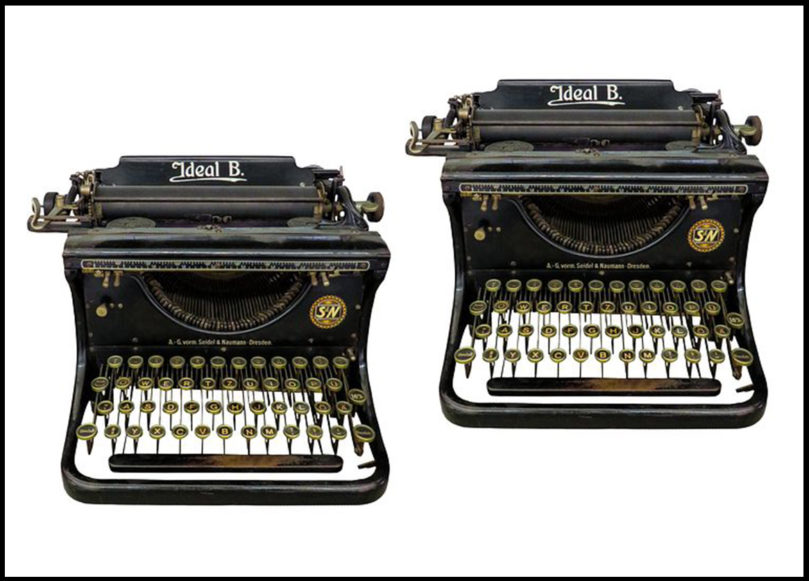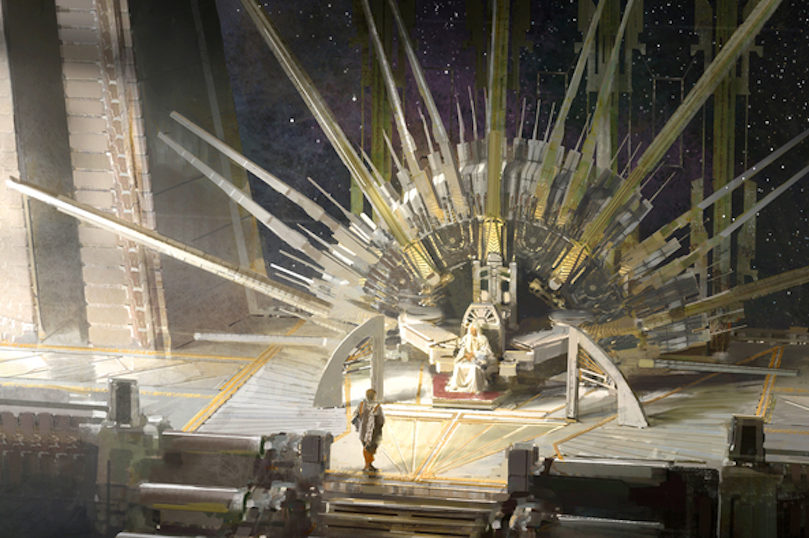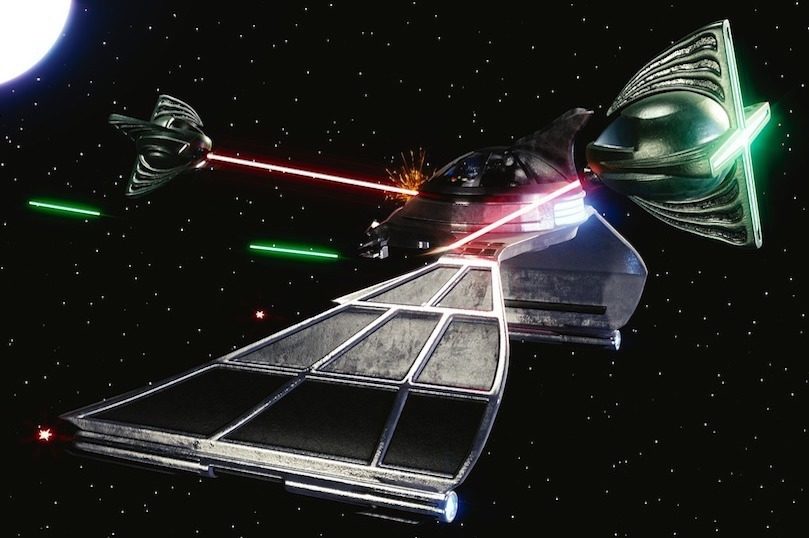
Space (Is Gay) Operas, Assemble!
Generations of scientists and philosophers have turned their gaze to the ever-blazing stars, searching for the answer to the question that pulses deep within their souls: Is space gay?
We’re here to confirm that it is, and we’ve got the gay space operas to prove it.




